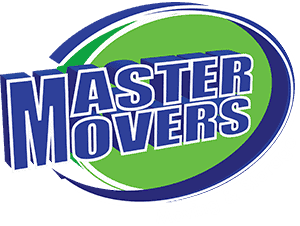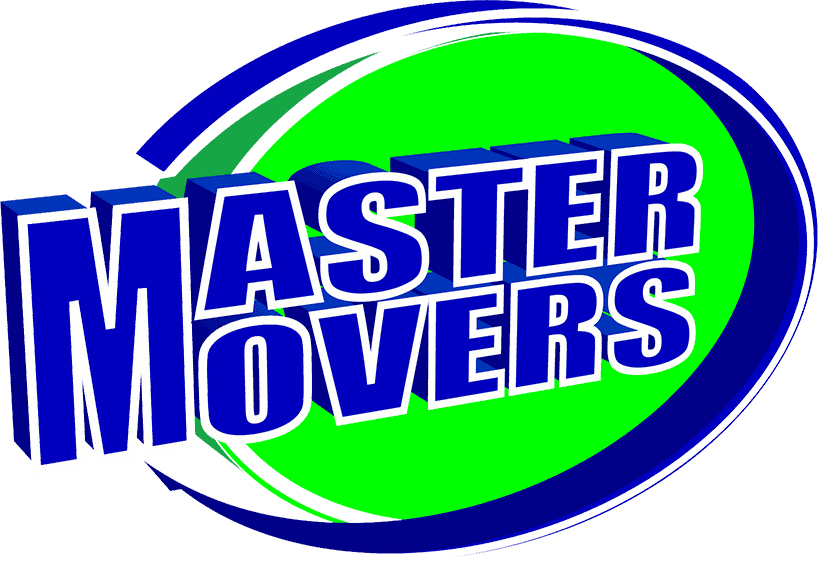Successful Corporate Relocation Steps

Navigating the complexities of corporate relocation requires thorough preparatory steps and strategic implementations. At Master Movers, "Movers With Manners," we're here to support businesses across Florida with comprehensive insights into organizing and executing corporate moves, from preliminary planning through to final setups. Through each stage of your move, our expertise ensures your transition is seamless and aligned with your corporate objectives.
What Constitutes a Corporate Move?
Corporate relocations or commercial moves can vary significantly, ranging from moving a small office to another floor within the same building to relocating an entire corporate headquarters across international borders. The scale and scope of the move typically depend on the size of the company and the specific needs of the business.
Differentiating between Small-scale and Large-scale Moves
- Small-scale moves might involve fewer logistical considerations and can sometimes be managed internally.
- Large-scale moves, however, often require thorough planning and the implementation of multifaceted strategies to ensure business continuity.
Establishing Goals and Objectives
A successful corporate move starts with clear goals. These can include improving the physical workspace, accessing better markets or talent pools, or expanding operational capacity. Aligning these goals with the broader strategic objectives of the company is essential for justifying the effort and costs involved.
Timeline and Scheduling
Timing is crucial in corporate moves to minimize disruption. Ideal times often include quieter periods in the business cycle or times when it would result in the least impact on productivity. Companies typically need several months to a full year to plan and execute a large-scale relocation successfully.
Budget Considerations
Costs for corporate moves can be substantial and must be planned carefully to avoid unexpected expenditures that could impact financial stability.
Overview of Potential Costs
- Logistics and transportation: The core costs of physically moving assets from one place to another.
- Real estate and leases: Costs involved in securing new spaces and exiting old leases.
- Technology upgrades: Investments in new technology infrastructure may be necessary in the new location.
- Employee relocation expenses: Assistance packages for employees who are asked to move.
Budgeting Tips and Strategies
- Accurate Inventory Management: Keep a detailed inventory to prevent unnecessary relocation of unused items.
- Get Multiple Quotes: Ensure competitiveness and cost-efficiency by obtaining quotes from several moving services.
- Plan for Contingencies: Set aside a portion of the budget for unforeseen costs.
- Employee Involvement: Engage employees in the planning process to help identify potential cost-saving measures.
Planning: Key Steps in Corporate Move Coordination
Effective corporate move planning revolves around meticulous coordination and clear communication. Here we outline the essential steps to take when planning your corporate move to ensure everything proceeds without a hitch.
Creating a Detailed Move Plan
A comprehensive move plan serves as a road map, outlining every aspect of the move from start to finish. Establishing a timeline with key milestones and deadlines is crucial. It helps manage the expectations of all parties involved and ensures that all necessary actions are completed on time.
Assigning Roles and Responsibilities
- Move Manager: Typically, this is a project manager who oversees the entire move.
- Department Heads: Responsible for their specific sections, ensuring their teams and assets are moved effectively.
- IT Team: In charge of moving and setting up technological equipment and services.
- HR Team: Manages employee communications and relocation assistance programs.
Stakeholder Communication
Keeping everyone informed is paramount. Regular updates through emails, meetings, and a dedicated intranet site for the move can help alleviate uncertainties and keep the relocation process transparent.
Handling Internal and External Communication
- Internal Communication: Regular briefings and updates to staff to keep them informed of moving schedules, responsibilities, and expectations.
- External Communication: Informing suppliers, clients, and partners about your move and how it might affect them.
Choosing the Right Moving Service
Selecting a competent and reliable moving company is vital. In addition to cost and reliability, factors such as the company's experience with effective packing methods for corporate relocations and their insurance and liability policies are crucial.
Factors to Consider When Selecting Movers
- Experience and Expertise: Look for movers with specific experience in corporate relocations like Master Movers.
- Insurance and Liability: Ensure the moving service offers adequate protection and coverage for your assets during the move.
Corporate Move Policies and Legal Considerations
Understanding the legalities associated with corporate moves is essential. This includes reviewing lease agreements, insurance policies, and ensuring compliance with regulations in both the old and new locations.
Legal Implications and Obligations
- Lease Agreements: Ensure that terms are adhered to, and penalties are avoided.
- Compliance: Check local laws regarding business operations and ensure that all practices comply with regional regulations.
Physical Relocation Tips
Efficiency is key during the physical move to reduce downtime and ensure quick resumption of operations.
Organizing, Packing, and Labeling for Efficiency
- Create detailed effective packing lists for each department.
- Use color-coded labels for different areas or departments.
- Ensure delicate equipment is securely packed and labeled fragile.
Special Considerations for Various Departments
- IT Department: Specialized packing for servers, computers, and technical equipment.
- Accounts: Secure transportation of confidential documents.
- HR and Administration: Preservation of employee records and office essentials.
Technical Setup and Support
Setting up technological and infrastructural elements in the new location is critical to resume operations swiftly.
Managing IT and Telecommunications Transfers
- Coordinate with IT to ensure internet and phone services are operational before the move.
- Plan for immediate setup of servers and critical computing resources.
Minimizing Downtime During the Move
- Schedule the move during off-hours or weekends.
- Set up key departments first to ensure they are operational if needed.
Employee Relocation Management
Supporting employees during the move not only involves physical relocation logistics but also ensuring their well-being and adjustment.
Supporting Employees Through the Transition
- Offer clear instructions and support for personal item relocation.
- Provide orientation and welcome activities in the new location.
Relocation Packages and Assistance
- Consider offering financial and advisory support to those moving to new locales.
- Set up programs to help employees and their families settle in.
Post-Move Strategies: Ensuring a Smooth Transition
After the physical move, the focus shifts to operational adjustments and ensuring the new setup meets the needs of the business.
Essential Steps for the First Week
- Verify that all departments are set up according to plan.
- Conduct thorough testing of IT and communication systems.
- Organize a welcome meeting to affirm the new office layout and address initial concerns.
Long-term Strategies for Operational Efficiency
- Continuously monitor workflow adjustments and improvements.
- Solicit feedback from employees to identify areas needing attention.
Master Movers, "Movers With Manners," specializes in ensuring your corporate move in Florida is executed flawlessly with minimal disruption and maximal alignment with your corporate goals. Let us help you make your next corporate move a resounding success.
Our Latest Blog





